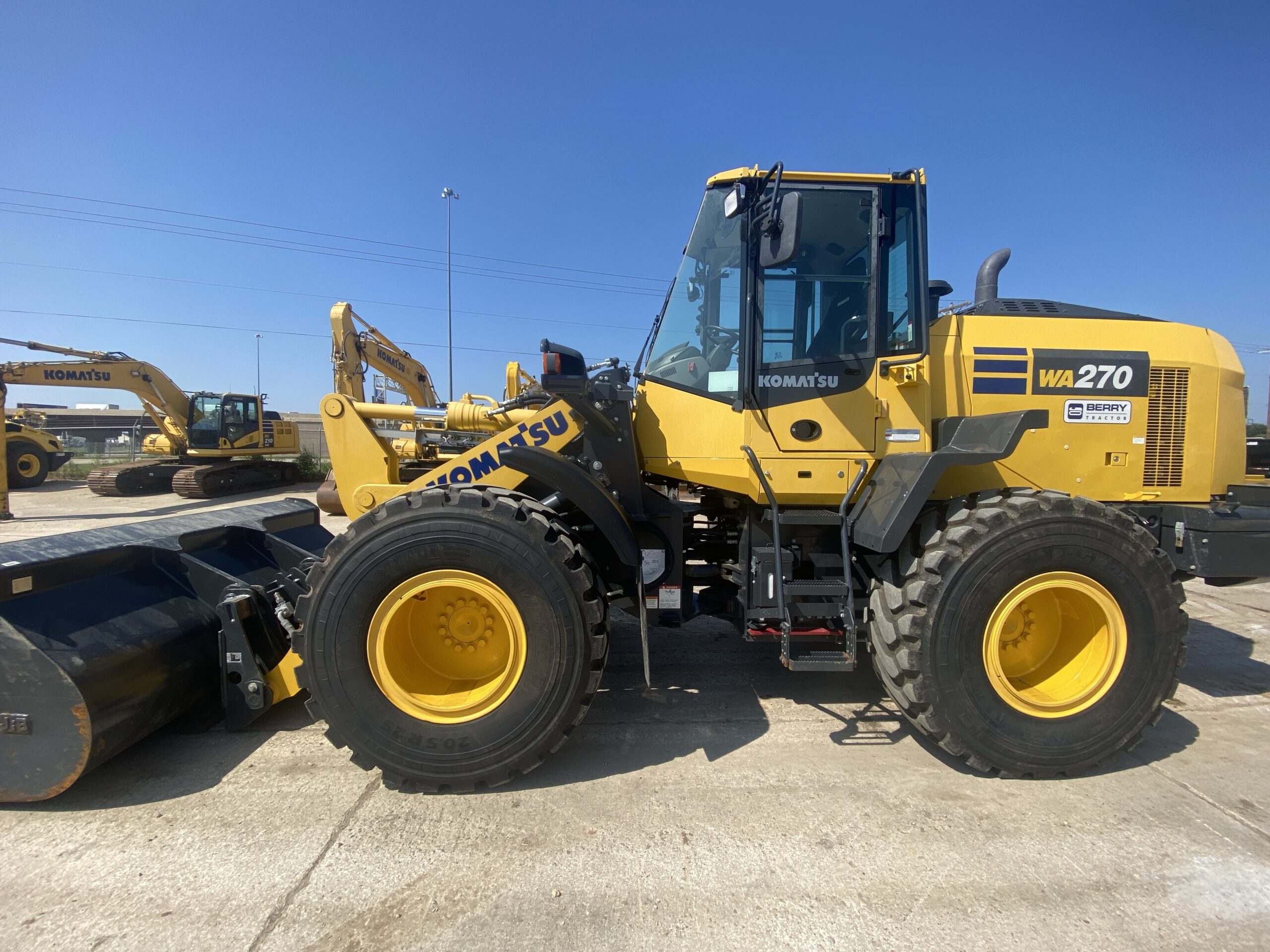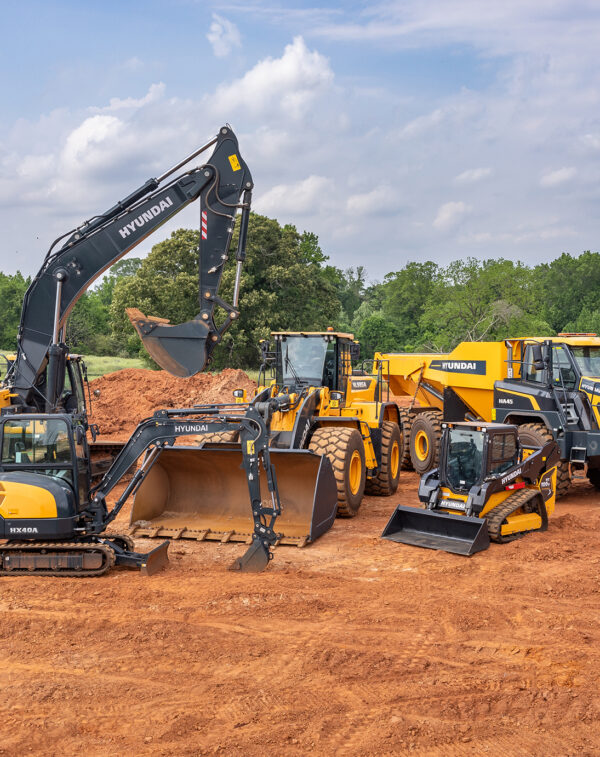Trusted Construction Equipment Rentals: Rent Scissor Lifts, Boom Lifts, and More from Us
Trusted Construction Equipment Rentals: Rent Scissor Lifts, Boom Lifts, and More from Us
Blog Article
Important Tips for Managing Heavy Tools Rental Agreements and Logistics Effectively
Successfully taking care of heavy devices rental arrangements and logistics is crucial for the success of any project that counts on these sources. An extensive understanding of rental terms, paired with specific analysis of devices requirements, lays the structure for positive settlements. Coordinating transportation logistics and intending for continuous maintenance can considerably reduce unanticipated expenses and delays. Nevertheless, the complexities of these aspects often present obstacles that need calculated foresight. What are the crucial considerations that can change these prospective pitfalls right into opportunities for efficiency and cost-saving?
Understand Rental Terms
Understanding rental terms is vital for effective hefty equipment administration. Knowledge with the specific regards to a rental arrangement can considerably affect functional efficiency and cost-effectiveness. Secret components normally consist of rental period, payment structure, and maintenance obligations. The rental period specifies the duration for which the tools is rented, affecting budgeting and task timelines. Settlement frameworks often vary, encompassing daily, weekly, or monthly rates, which necessitate accurate computations to prevent unforeseen costs.
Moreover, it is important to understand the maintenance obligations detailed in the contract. Usually, rental companies maintain the tools, however comprehending who is in charge of routine checks and repairs is essential to prevent functional interruptions. Additionally, terms might consist of provisions concerning responsibility for damages or theft, which can have significant monetary implications otherwise appropriately comprehended.

Assess Equipment Requirements
Analyzing equipment needs is an important action for any job supervisor intending to optimize resource allowance and boost functional performance. This process involves a complete evaluation of the task demands, including details tasks, timelines, and the kind of equipment necessary to accomplish preferred results.
Begin by recognizing the extent of the task and the jobs that will be done. Think about aspects such as the terrain, the scale of operations, and any potential challenges that could affect equipment option. Involving with employee who will run the equipment can supply useful understandings into practical requirements and choices.

Following, assess the ability and capacities of offered tools choices. It is vital to match the best tools to the tasks at hand, making certain that it can manage the expected work without compromising safety and security or efficiency.
Additionally, consider the rental duration and regularity of use. Comprehending these elements can help determine whether buying or leasing is the most cost-effective remedy. By carrying out a comprehensive analysis of devices requirements, project managers can make enlightened decisions that bring about improved efficiency and reduced functional expenses.
Negotiate Successfully
When the tools demands are clearly identified, the following step entails efficient arrangement with rental firms to protect desirable terms. A well-prepared negotiation method is essential for accomplishing the most effective possible deal. Begin by investigating numerous rental firms to understand their prices frameworks, supply schedule, and reputation. This understanding will empower you during settlements and aid you develop realistic construction equipment rentals expectations.
When approaching the negotiation table, be clear about your requirements, including the sort of equipment, rental duration, and any type of extra services you may need. This openness makes it possible for rental firms to give customized remedies that can fulfill your certain needs (scissor lift rental). Don't think twice to request for price cuts, particularly for long-lasting rentals or bulk orders, as several firms agree to provide concessions to safeguard larger contracts
These aspects can dramatically influence the general cost and must be clearly described in the rental contract. Make certain that all agreed-upon terms are documented in writing to protect against misunderstandings and secure your passions throughout the rental duration.
Coordinate Transportation Logistics
Coordinating transportation logistics is a critical aspect of handling heavy devices rental arrangements. Reliable transport ensures that equipment is provided promptly and in optimum condition, thus reducing downtime and improving job performance. To attain this, it is vital to establish a thorough logistics intend that outlines the entire transportation process from pick-up to distribution.
Begin by analyzing the details transportation needs based upon the kind and dimension of the devices included - aerial lift rental. Involve with trusted transport carriers that concentrate on heavy equipment to guarantee they have the needed proficiency and equipment, such as flatbed vehicles or specialized trailers. Go over aspects such as weight limits, route constraints, and needed permits to stay clear of unanticipated delays
In addition, maintain open communication with both the rental firm and the transportation copyright to collaborate timetables efficiently. By thoroughly coordinating transportation logistics, you can maintain the integrity of your rental contract and assist in smooth task execution.
Plan for Upkeep and Assistance

Moreover, it is vital to communicate directly with the rental service provider relating to upkeep responsibilities. Some arrangements may include upkeep as component of the rental service, while in other cases, the obligation may fall on the occupant. Comprehending these terms will aid prevent unexpected prices and obligations.
Additionally, having accessibility to technical assistance can be very useful. Make sure that the rental company supplies 24/7 support or an emergency situation get in touch with, allowing for quick resolution of any tools problems. Educating your group on appropriate tools use and regular checks can likewise significantly improve operational effectiveness.
Verdict
In conclusion, reliable management of heavy equipment rental contracts and logistics hinges on a detailed understanding of rental terms, precise assessment of equipment requirements, and skilled arrangement abilities. Stressing clear communication with all stakeholders remains essential in navigating the complexities of equipment rental and logistics management.
Efficiently managing heavy equipment rental agreements and logistics is important for the success of any type of job that depends on these resources. By thoroughly examining and comprehending these rental terms, organizations can make enlightened decisions, mitigate dangers, and guarantee that their hefty tools administration lines up with job goals and monetary constraints.Coordinating transport logistics is a crucial aspect of taking care of hefty devices rental agreements.In verdict, reliable administration of heavy tools rental contracts and logistics hinges on a comprehensive understanding of rental terms, precise analysis of tools requirements, and adept arrangement abilities. Emphasizing clear interaction with all stakeholders continues to be vital in navigating the complexities of devices leasing and logistics administration.
Report this page